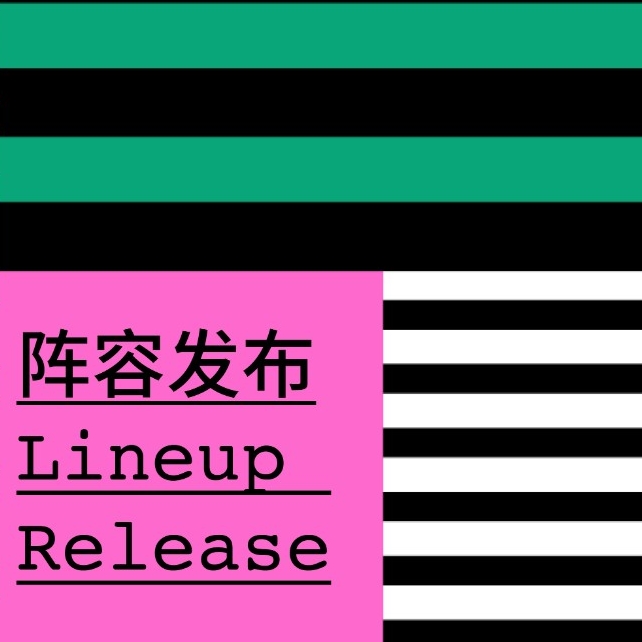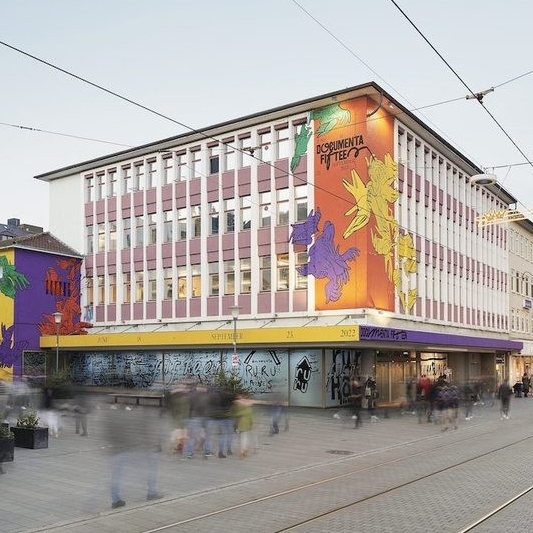
INK Studio presents Flesh and Bone, a comprehensive survey of internationally renowned artist Li Jin’s early works, many of which are here publicly displayed for the first time. The exhibition uncovers the full story of Li Jin’s artistic formation, particularly the profound impact of his self-exiles in Tibet. The title refers to Li Jin’s preoccupation with the human body as subject and medium, as the ground of experience and art-making. It is also a metaphor for the interplay of brushwork and inkwork, control and spontaneity, and essence and appearance—mutual dependencies seminal to the ink tradition. Curated by Alan Yeung, the exhibition itself is organized into “bone” and “flesh”: first, a chronology of form and style, and second, an exploration of thematic variations.
Best known for his lush and colorful depictions of sensory pleasures in contemporary China, Li Jin (b. 1958, Tianjin) began his career by turning away from the mundane world. As a student attracted to the Buddhist grotto shrines of Dunhuang, he spent months producing painstakingly faithful and deeply felt copies of its famous murals. In pursuit of individual freedom and a primal connection to nature, he volunteered to serve as an art instructor at Tibet University in 1984-5, and sojourned in Lhasa again in 1990 and 1992-3. Li Jin’s encounter with Tibet’s culture and environment—including a gradual recognition of its essential alienness from himself—transformed his thinking about selfhood and corporeal existence as manifested in his pictorial language and approach to figuration. This experience lies at the heart of both his pleasure scenes and his Zizai series of freehand monochrome ink paintings, which made their debut at INK studio in 2016.
Flesh and Bone chronicles Li Jin’s artistic development during the 1980’s and 90’s. His student-era portraits, even when sketched from life with graphite pencil, defy socialist realist dictates with a sensitivity to the nuances of the Chinese brush. The 1984 Tibet Series conflates animals and humans into totemic images of an archaic past. Introducing an unprecedented primitivism and expressionism to ink painting, the series garnered national attention amidst the fervent avant-gardism of the time, although Li Jin would always remain skeptical towards theoretical debates and collective movements. Fine-line drawings in the “iron-wire” mode at once estrange and animate the body by dissecting and articulating it into surface ornaments, suppressing a violence beneath quotidian imagery and inscriptions.
A stint in Nanjing in 1985 renewed Li Jin’s connection to the heritage of literati aesthetics, introducing into his work a playful redefinition of elegance and vulgarity, as well as a new erotic sensibility. After settling in Beijing and Tianjin in 1993, he continued to embrace food, sex, and other quotidian aspects of life. But the analytical and dispassionate view of the human body that he developed in Tibet would persist, at times in imagery and theme but more importantly as a pervasive sense of transience—what the scholar Wang Min’an has described as the coexistence of sorrow and mirth. In life-size hanging scrolls that bring us to the verge of his famous banquets, young women seem spiritually vacant beneath their luxuriantly colored and patterned attire, already shadowed by death; and sullen, solitary eaters amidst culinary spreads are trapped in an endless cycle of consuming and being consumed. In Li Jin’s ambivalent vision of human existence, our only hope for transcendence lies paradoxically in the acknowledgement that we ultimately remain mere flesh and bone.
The second part of the exhibition unfolds the interconnection of Li Jin’s most important themes: solitude, bodily desires and functions, the uncanniness of the face, and the vagaries of love and sexual intimacy. He exploits the ambiguity of the ink medium, overcoming and subverting his own foundation in veristic drawing with amorphous wash, expressionistic brushwork, recursions and repetitions, and sensuous, evocative colors. His figures suggest the subtlest emotions and states of being without settling definitively on any: they may be monks in meditative concentration or constipated shitters, taking a nap or drawing a last breath, listening to the wind like classical literati or passing time in sheer boredom. Often self-portraits with varying degrees of specificity, they have the vividness and nuance of lived experience even as they are tinged with the melancholy of recollection and the irony of a self-conscious fantasy. Thus Li Jin’s art is as much self-disclosure as self-invention, wherein identity becomes indistinguishable from role. At the moment we seem to have caught the artist in the flesh, he has already slipped away, leaving behind an anonymous everyman whose pleasures and pain, aspirations and foibles are equally, humanly our own.
About the exhibition
Dates: Mar 22, 2019 - May 12, 2019
Opening: Mar 22, 2019, 16:00
Venue: INK Studio
Courtesy of the artist and INK Studio, for further information please visit www.inkstudio.com.cn.




























